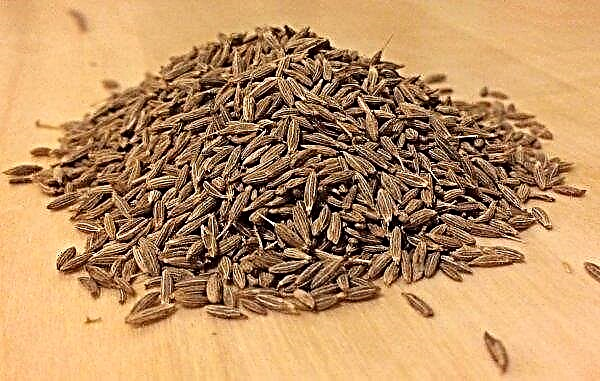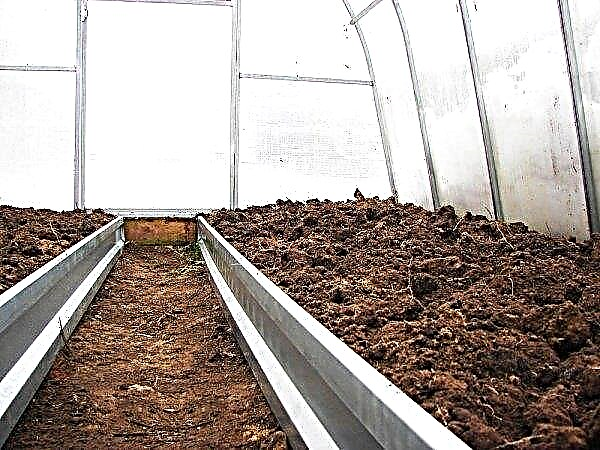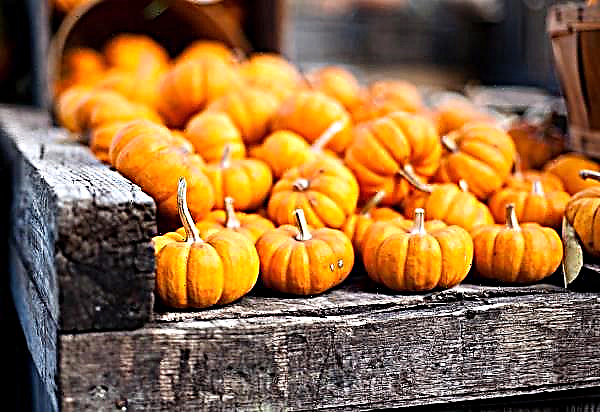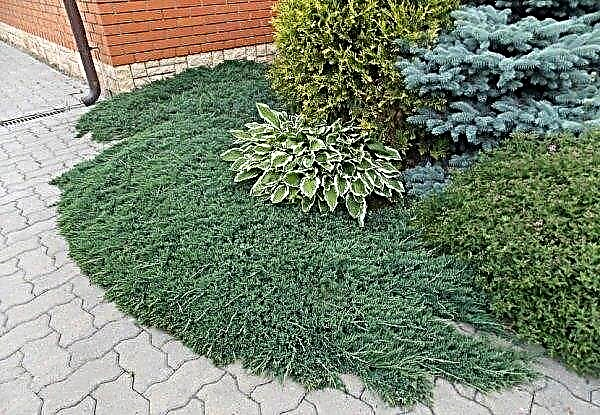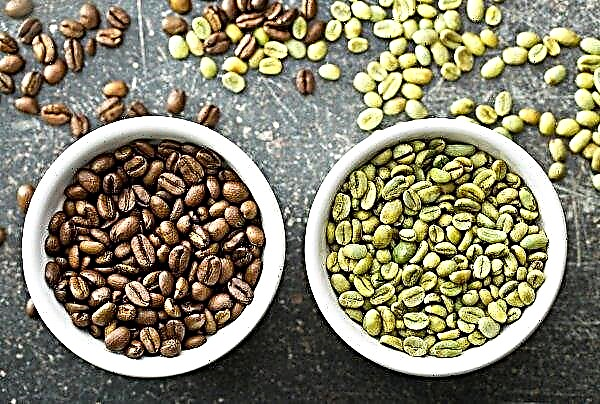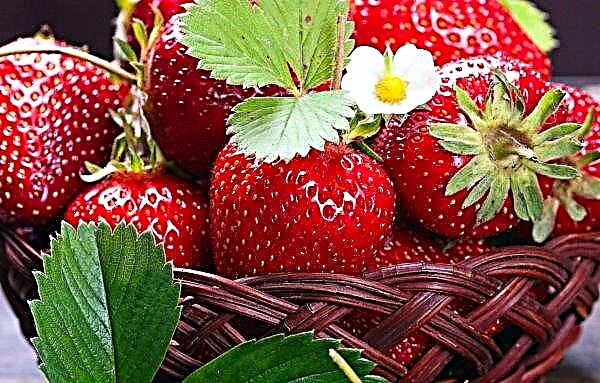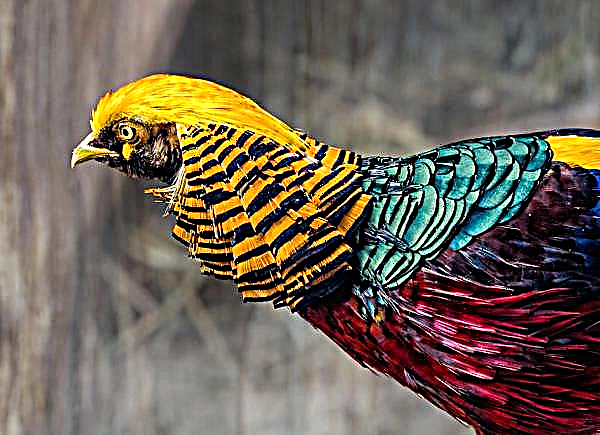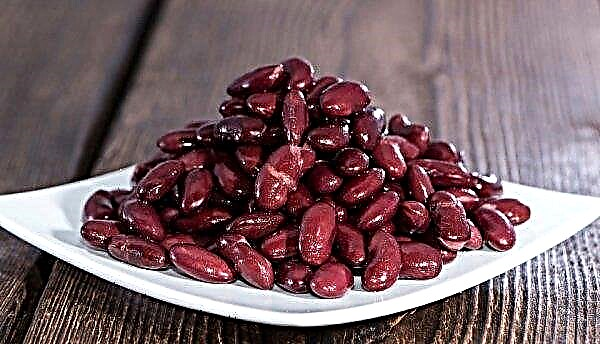Dill is quite resistant to cold and frost. Resistant to drought and bad weather. Therefore, he is not only not afraid of a winter planting, but vice versa, when sowing in the winter, the crop emerges best. With proper agricultural technology, any gardener can get a rich harvest.
Advantages and disadvantages of autumn planting
Usually dill is planted in the spring, but during this period there is a high risk of freezing seeds. Winter planting of dill is much more effective.
- Its advantages are as follows:
- thanks to this method, you can get the first crop a few weeks earlier;
- during winter planting, the tops of crops will develop much more intensively, the bush will be stronger, and arrows and inflorescences will appear much later than during normal planting;
- in frozen soil, dill seeds get more micronutrients, a chemical reaction turns starch into sugar, so the sprouts get more nutrition, which positively affects the development of the bush;
- if you take care of the culture since the fall, then in the spring you will not have to make much effort to grow the crop.
- In addition to the many advantages and obvious advantages of sowing spicy grass in the fall, there are also some disadvantages of this method of growing:
- seed consumption will be 25% higher than when planting in the warm season;
- due to unstable weather in winter and possible thaws, the culture can germinate ahead of time and simply freeze during the second cold snap.
- a similar situation can occur during spring frosts, which can also occur after the seeds are biting.
How to plant dill in the fall before winter
An important point in how to sow dill for the winter is the timing of sowing. In this case, the seeds must have time to sprout, but not hatch from the ground.
For this reason, you can’t pull too far with the sowing, since the soil can freeze very much, but if the soil is too soon immersed in the ground, the seeds can germinate, and unstable piles freeze.
Did you know? In ancient times, dill was used for various, unusual for us purposes. So in ancient Egypt, he served as a medicine, and the Romans gave it to their beloved as bouquets.
What varieties can be planted in open ground
A large role in the harvest is played by the variety of seeds that you choose.
So that dill appears at your dacha as soon as possible, you can choose one of the following varieties:
If you are not in a hurry to get fresh herbs from the garden, then you can take the varieties Sevastopolsky, Hercules, Rime, and Dill as planting material.
Additional seedlings can be obtained from the varieties "Kutuzovsky", "Patterns", "Borey", "Salute" and "Moravan". They are used to ensure that in the period when the early varieties have already departed and dry, late-ripening varieties will only grow and give fresh greens.
Sown seeds can only be provided that they have previously been hardened, for this they need to be placed in the refrigerator and disinfected in a weak solution of potassium permanganate for about 30 minutes.
When to plant - timing
The month in which it is best to plant a culture is determined by the region and the climate in it. Usually in the south dill should be dipped into the ground later than on the north side. For the north and the center, the best time to land is the second half of October - early November. This is the period when the soil is already frozen a few cm.
In the southern regions, it is better to sow the crop at the end of November. But sometimes, with an early cold snap, gardeners ask themselves whether it is possible to plant dill in October. In this case, it is recommended to sow the crop at the end of October.
Video: Planting dill in the winter
It is better to plant a crop at an air temperature of +2 to + 4 ° C; at higher temperatures, it is not recommended to cultivate a plant. In addition, a long-term forecast must be taken into account so that the seeds do not sprout prematurely.
Due to premature sowing, the future crop may die just after hatching. With a late planting, it will be difficult for a gardener to process frozen soil.
The general terms for planting dill are quite inaccurate, but each region has its own recommended periods of immersion in the soil:
- in Siberia - End of october;
- Ural - second decade of October;
- in Moscow and Moscow region - the beginning of November;
- South - The second half of November and later.
In autumn, dill should be planted 1.5 cm deeper than in spring. Therefore, you need to plant a culture even before the frosts appear, and cover the bed itself with mulch.
Important! You need to sow dill in well-watered soil, otherwise the plant quickly goes into the arrow and releases inflorescences.
Seat selection and crop rotation
Dill is not a capricious crop, and its seeds are able to germinate at a temperature of + 3 ° C. But in order to achieve a good harvest, you still need to take into account the characteristics of the place in which the culture will grow.
When choosing a place to place the culture, it is necessary to take into account the structure of the soil, since it is better to sow dill for the winter in neutral soil, which holds moisture well and allows air to pass through.
The culture can be placed in an area that is not particularly fertile. You can plant in the beds, where cabbage or cucumbers were previously located. In this case, the plant may have enough of the soil fertilizers that were applied for these last year's crops. Also a good precursor for dill is carrots. But after spices to plant a plant is not recommended.
To locate the culture, you need to choose a terrain that is well protected from the wind, especially from the north. The relief of the garden should be flat. If you decide to place the plant in a lowland or underground pass groundwater. It is necessary to insulate the ridges.
It is best to grow a crop in loose soil, because heavy and clay soil will not allow the seeds to grow normally, and the greens will be thin and deformed. Also, do not place greens on too wet and sour ground.
The place of growth of the culture should be well ventilated and receive a lot of light, otherwise the bushes will be elongated and weak.
To do this, use open area. With enough sun, the plants will have a bright dark green color and grow well. The ideal daylight hours for this crop are 12 hours. The temperature should vary from +18 to + 25 ° С.
Bed preparation
In order to properly prepare the garden, you must first remove debris and fallen leaves from it, as well as the tops of crops that have already departed. This is done so that parasites do not start in the garbage, and rot spores do not spread to dill. Additionally, you need to weed the place for planting and remove all weeds.
If you did not have time to sow the crop before the first snow, then it must also be removed from the garden. Then you can scatter the seeds in the garden, and pour a mixture of humus from the ground on top. After the layer of mulch is covered, snow should be evenly scattered on its surface.
If the temperature is too low, then in addition the bed needs to be covered with a film.
Before sowing dill, it is advisable to fertilize the soil, for this it is best to use manure, urea or superphosphate with potassium salt. Fertilizers must be used at the rate of 30 g per 1 m². Such care will contribute to high yields.
If the greens began to change color - this is a clear sign that the soil lacks nitrogen. In order to enrich the soil, you need to add this microelement to it at the rate of 20 g per 1 m².
This crop grows well in loose soil. Therefore, during the digging of the beds, it is necessary to mix the earth with sand or shavings. You should also add already lying humus.
It is not recommended to fertilize the earth with fresh humus, as this can serve as an impetus to rotting of the roots.
Experienced gardeners do not recommend the use of chemical fertilizers. To enrich the soil, they advise adding only organic matter to the soil, and when sowing, phosphorus can be added.
It is very important to observe the correct proportions when applying top dressing, since overdoing them can destroy the culture.
Did you know? Dill is often used to create cosmetics. Lotions from this plant help get rid of swelling in the eyes, and a decoction of dill can refresh the skin.
Sowing pattern and depth
Dill is a universal plant that can grow at any time of the year. And his condition depends on the weather and temperature.
In order to correctly sow and grow a crop, it is necessary to observe the following rules for planting dill:
- First, the garden bed needs to be leveled and furrows made in it, the depth of which should be about 2 cm. To make this easier, you can use a board. The distance between the rows must be observed in the range from 10 to 20 cm.
- The soil must be well moistened before planting.
- For sowing seeds on 1 m², you need to use about 1 g of seeds.
- After immersing the seeds in the soil, the soil surface needs to be slightly compacted.
- The first few days it is not advisable to irrigate. In this case, water can wash away crops and deepen them.
- To make the dill faster, it can be covered with an enlightening film, which is removed after the shoots appear.
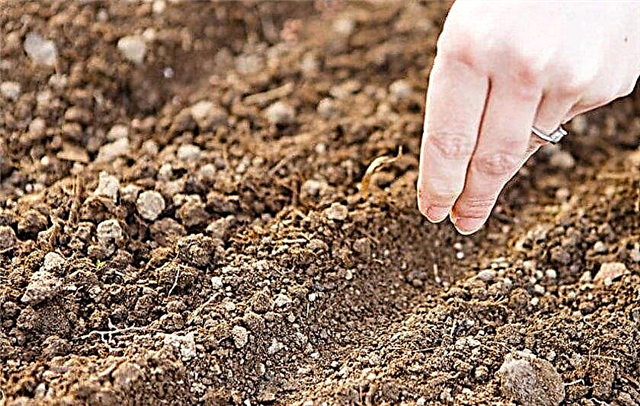
Further care
When the frost stops, and the sun begins to warm the soil, you can fertilize dill again. This is usually done in early April. A good stimulator of the development of the plant will be a solution of cow manure, in a ratio of 1 to 6, or a solution of chicken placenta, which must be diluted with water in a ratio of 1 to 20. Before the start of summer, it is recommended to fertilize the garden about 2 times.
In order that possible cold weather, which sometimes occurs in early spring, does not harm your crop, the garden bed can be placed under temporary shelter from spunbond, which is removed with the arrival of stable heat.
In spring, in addition to cultivated plants, weeds begin to wake up, so it is important to monitor the cleanliness of the beds, otherwise the grass can drown out the fragile dill sprouts. In addition, in the free ground, the green bushes will be much more magnificent. Inspection of the garden should be done once every 7 days.
Important! This culture can be planted on its own, so you need to wrap the ripening baskets of inflorescences, otherwise in the spring your garden can turn into a continuous dill bed.
Winter sowing has its advantages and disadvantages. Each owner decides in which season to plant the crop, motivating his actions with the features of plant care and the timing of the result. But the main advantage of this culture is its versatility and productivity, regardless of the chosen method of cultivation.



